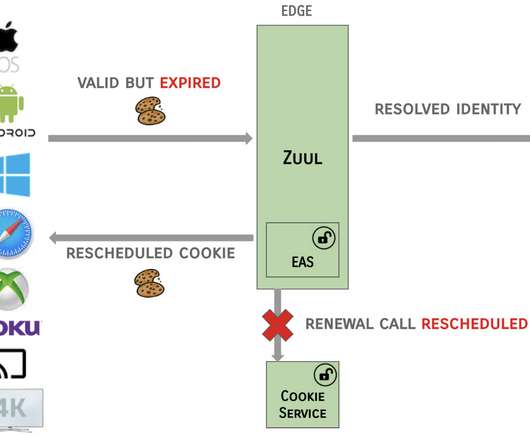Snap: a microkernel approach to host networking
The Morning Paper
NOVEMBER 10, 2019
Snap: a microkernel approach to host networking Marty et al., This paper describes the networking stack, Snap , that has been running in production at Google for the last three years+. I’m jumping ahead a bit here, but the component of Snap which provides the transport and communications stack is called Pony Express.
























Let's personalize your content